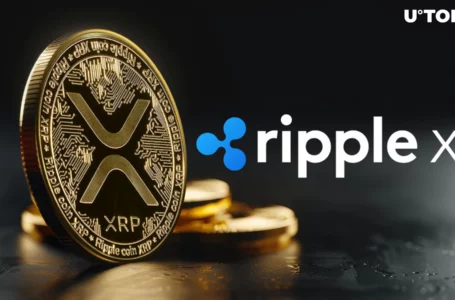
What is Holochain?
Holochain is being positioned as an alternative to the blockchain, giving developers a framework for creating decentralized applications (dApps). One huge change to enable this is a switch from the data dependent blockchain to an agent-centric system. Holochain’s method avoids keeping a global consensus, using an agent system in which each agent keeping a private fork, and that is stored and managed in a limited manner on the blockchain with a distributed hash table.
This avoids scalability problems that have plagued blockchain solutions. It also allows any dApps hosted on Holochain to do far more with less resource than required for blockchains. In this Holochain review, we will take an in-depth look at the project, technology and token prospects. It is a framework for creating and powering distributed applications, incorporating peer-to-peer content distribution protocol, cryptography, and hash tables. It avoids scalability issues, and is extremely environmentally friendly.
Holochain Refactored State Model (RSM)
The new version of Holochain is a revision of several of the key architectural choices initially made for Holochain, with the older version now called Holochain Redux. In short, the codebase of Holochain RSM is simplified and it gives the network a huge leap in performance.
The benefits realized by Holochain RSM:
- Holochain RSM with Wasmer runs orders of magnitude faster
- Holochain RSM uses less memory
- Holochain RSM compiles 1/3 faster
- Holochain RSM has much more maintainable code
- Holochain RSM is nearly ready now for the switch to full P2P networking
- Holochain RSM has improvements that simplify the work for app developers
- Holochain RSM integrates the capabilities model and is more secure
- Holochain RSM is more feature complete
The new features that have been added to Holochain RSM include random number generation, remote function calls between nodes using the unified capabilities security model, apps able to access system time, and user proofs when joining to prevent Sybil nodes from joining the network.
Four Key Points about Holochain RSM
- The developers kept the RUST programming language for Holochain RSM, but they made it better. That means optimizations to improve performance which allow Holochain RSM to be the proper infrastructure for the P2P infrastructure needed for IOT. The majority of improvements are the result of a significant redesign of workflows Holochain RSM has its own ‘local first’ approach to state modeling and workflows.
- The back-end application code used for the Holochain RSM DNAs still compile down to WASM, but now it uses Wasmer to recompile to machine code for faster execution. This performance improvement now passes down so that developers can see it functioning in Holochain RSM.
- The networking used in Holochain RSM is now based on QUIC protocols. These use a single layer end-to-end TLS encrypted connection between nodes to deliver further improvements in performance.
- Developers will find Holochain apps are now easier to build. Besides simplifying the HDK, the Holochain team has also created a new API that can be used to bypass limitations in the HDK. Reports from developers indicate they are now able to create apps with roughly one-third the amount of code.
Stricter Formalization
One of the primary goals in simplifying the codebase of Holochain RSM was to make it easier to understand. That’s not to say the original Holochain whitepaper and prototype wasn’t sound in principle. It was very sound and many of those same principles are used in Holochain RSM. The issue the developers found was that the principles may not have been defined clearly enough in Holochain Redux. So, they determined to remove complexity and abstraction wherever possible.
Concurrent Workflows with Atomic Transactions
The new design of Holochain RSM uses workflows to change data in particular stages of work such as integrating data, validation, gossiping, publishing, and authoring. Each of these workflows is limited to making changes only in specific stages of work where it holds responsibility. Using this design allowed the team to optimize Holochain RSM for concurrent processing without worrying about overlap in the way workflows change the cryptographic state of the chain.
WASM Optimizations
Reducing WASM Calls: Executing code in Web Assembly remains fairly expensive for Holochain RSM in terms of cpu usage, memory usage, and time even with all the optimizations that have been made. In order to improve on this further the team has reduced the number of times Holochain RSM needs to spin up WASM by allowing Holochain RSM to access some of the application code definitions outside WASM. This allows Holochain to make the determination of whether it actually needs to spin up WASM or if it can simply make a call back into WASM.
Native-compiled WASM Performance: By using wasmer to recompile code and run it as native binary code Holochain is improving on execution by roughly 1,000x compared with running interpreted bytecode. It also manages a memory cache for the compiled code for ultra-fast execution. To ensure the compiled code hasn’t been tampered with Holochain can recompile from the hashed WASM code at random intervals. By using wasmer calls to app functions now execute in under 0.1 milliseconds, compared with execution speeds of up to 200 milliseconds when using wasmi in Holochain Redux.
Conclusion
As mentioned, Holochain is known to be slow in the development and release of features, and the team readily admits that Holochain RSM remains a work in progress. As of May 2021 it is focused more on use cases for app developers rather than end-users. The next steps are the release of the beta version of the mainnet, which is anticipated to occur before the end of 2021.



















